Newsdeck
Coded messages for Iran
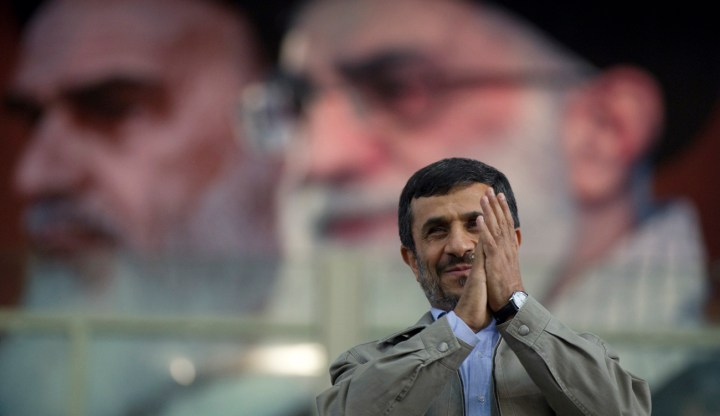
The discovery of the Flame virus, a "super cyber-weapon" that's been secretly collecting Iranian data for years, coincided too well with nuclear talks and the view of Israel as chief spoiler. An equally ominous, but more bloody signal for Tehran is Syrian President Bashar al-Assad's decision to not cover up the Houla massacre. By Victor Kotsev
Is it a coincidence that the discovery of the most powerful cyber-weapon known to humanity, nicknamed “Flame”, was announced a few days after a major round of nuclear talks between Iran and the West? Unlikely, especially if we take into account several other major incidents since last Thursday.
A gruesome massacre in Houla in Syria may even tip the scales against the Syrian regime at the UN Security Council, is another dark coincidence. It dims the damning report on the Iranian nuclear programme the International Atomic Energy Agency published on Friday, a day after the talks in Baghdad. In all, a very remarkable four-day period.
The suspiciously timed publication of reports by international organisations, as well as leaks related to the negotiations, were to be expected. Even Russia, expected to try hard to make the negotiations succeed, would not be above suspicion.
However, if this is indeed a war of messages, some of these are written in shocking amounts of blood and there could hardly be a clearer sign that the gloves are off in the Middle East.
We could try to explain the Houla massacre on Friday night as the work of a pro-regime mob that did not necessarily receive orders from high up in the regime. Der Spiegel, for example, emphasised this interpretation by comparing the tragedy in which at least 109 villagers, including 32 children under the age of 10, died to the Mi Lai massacre perpetrated by a group of American soldiers during the Vietnam war.
If unintended, the tragedy was a massive blunder for the Syrian regime. The moment is so grave that even a minor misstep could cost Syrian President Bashar al-Assad his rule. However, the visibility of the massacre – within hours, pictures of the bodies surfaced, and within days the UN observers in Syria were able to file reports – suggests another story.
What is odd is no attempt to cover-up. Many reports in the past 15 months describe previous atrocities by regime troops, bodies disappeared, sites were bulldozed and witnesses were silenced.
Not so in Houla. Whether or not the Syrian government ordered the execution of the civilians, it apparently wanted the world to know about it. Its own story about the army being attacked by Islamic terrorists is unconvincing.
There is a possibility the mass murder will finally lead to more aggressive action against Syria at the UN Security Council, which is scheduled to discuss the matter on Wednesday. Even Russia condemned Assad.
In a foreboding move, 10 European countries plus the US expelled the top Syrian diplomats in protest. The West is doing its best to push the Syrian opposition to unite ahead of a new diplomatic initiative against Assad.
Both Russian and American officials have suggested Yemen, whose President Ali Abdullah Saleh left earlier this year under a deal that gave him immunity and transferred power to his deputy, as a possible model for a resolution of the Syrian crisis. This model has serious flaws, but has kept coming up. The situation in Syria is different from that in Yemen in many ways. Besides, the notion that the Yemen model has succeeded was seriously challenged recently by spiralling violence there. A week ago, a suicide attack killed about 100 and injured hundreds more in the capital San’aa.
On the other hand, it still seems unrealistic that a foreign intervention will take place in Syria in the very near future, given the lack of appetite for such action in the West and the formidable military machine which the Syrian regime commands (including sophisticated air defences and chemical weapons). This is what Assad is seemingly counting on in braving the outcry and it remains to be seen whether his calculations will prove correct.
Just as importantly, the massacre and ensuing diplomatic scandal threaten to interfere with the on-going nuclear talks between Iran and the West within the framework of P5+1 (the US, Britain, France, Russia, China plus Germany). During the talks last week, Iran tried hard to insert Syria into the conversation; most analysts are unanimous that the Iranian regime sees the developments in its closest Arab ally as a key part in its regional strategy.
In this context, speculation has long existed that Iran might dump Assad if the latter’s fortunes became completely untenable and perhaps seek to replace him with somebody else from his own regime. Incidentally, this sounds very much like the Yemen model and it is not inconceivable that it was mentioned, if not during the nuclear discussions last week, at least during the back-channel talks that preceded them.
While this is still in the realm of speculation, it could be that Assad’s actions were a message to his patrons in Tehran as much as a brazen act of defiance toward the West. By igniting a full-blown sectarian civil war, he would burn all bridges between the different communities inside the country and inextricably tie his personal fortunes to those of his regime and his sect. He would bury the Yemen model once and for all.
If this was Assad’s message to Tehran, there are indications it was received. The Guardian said a top Iranian general admitted that Iranian forces operated in Syria on the side of the regime. We could interpret this as a strong statement of support for Assad, designed to reassure him, but also to remind him of his dependence on Tehran.
Right on the heels of this intrigue came the announcement by Russian anti-virus firm Kaspersky that it had discovered a new “malicious program” whose “complexity and functionality … exceed those of all other cyber-menaces known to date”. The New York Times reported on Tuesday that the Flame virus had infected the computers of high-ranking Iranian officials, that it was apparently designed to collect sensitive data and that it had been created between two and five years ago.
Most fingers point to Israel, and even the Israeli deputy prime minister hinted in an interview that this may be the case. An Israeli security firm told the Israeli daily Ha’aretz, “The Flame computer virus not only stole large quantities of information from various Iranian government agencies, but apparently even disrupted its oil exports by shutting down oil terminals …”
Flame is about 20 times larger than its apparent predecessor, Stuxnet, which was discovered two years ago and was dubbed the first cyber-weapon in history. It reportedly uses a similar encryption algorithm to hide parts of its code, and we can expect it to take at least as long to decode it and to understand what exactly it does. In the case of Stuxnet, it took months.
Still, a successful new cyber attack on the Iranian nuclear programme could push the time frame for an Israeli or American attack on the Islamic republic further into the future.
We can expect more revelations and intrigues in the next weeks. As it turned out, the IAEA report last week, which claimed Iran had increased its stocks of low-enriched uranium significantly, was just the preamble. Reports and rumours circulate about issues as diverse as Iranian penetration of media in Afghanistan, Iranian involvement in the smuggling of Iraqi oil and the mysterious unreported deaths of high-ranking Iranian military officials.
Iran’s enemies have weaknesses of their own, while third-party actors have their own interests to stir the proverbial pot. Russia comes to mind: it may well try to extract concessions on the controversial North Atlantic Treaty Organisation anti-missile shield in Europe from the US in exchange as part of the mediation process. Even a legitimate pretext for this can be found. After all, the claim goes that the shield is designed to counter the Iranian missile threat.
What looks like a long and nasty diplomatic process is unfolding. On the up side, the many intrigues seemingly confirm that the negotiations between Iran and its opponents are seriously underway. This could mean a war is not immediately on the agenda.
On the other hand, the fundamental problems remain and are only getting worse. This is true of the rifts between Iran and the West, which would be grave even without the Iranian nuclear programme; it is even more true of the civil war in Syria. Given the nature of the developments, it is very hard to be optimistic for the longer term. DM
Photo: Iran’s President Mahmoud Ahmadinejad responds to applause as he stands beneath the portraits of Supreme Leader Ayatollah Ali Khamenei and founder of the Islamic Republic Ayatollah Ruhollah Khomeini during a gathering of reformed drug addicts in Tehran June 26, 2011. REUTERS/Caren Firouz
Credit: This edited article is used courtesy of Asia Times Online (http://www.atimes.com/), who retain copyright.







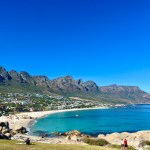
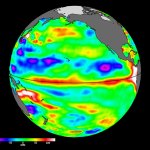
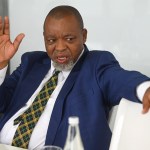
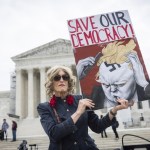










 Become an Insider
Become an Insider